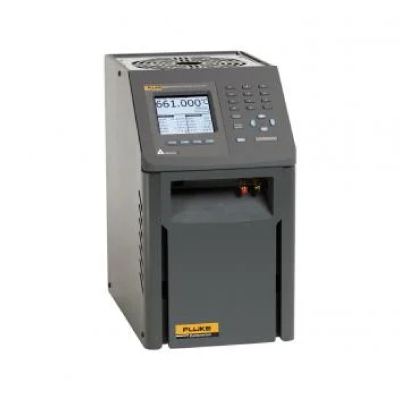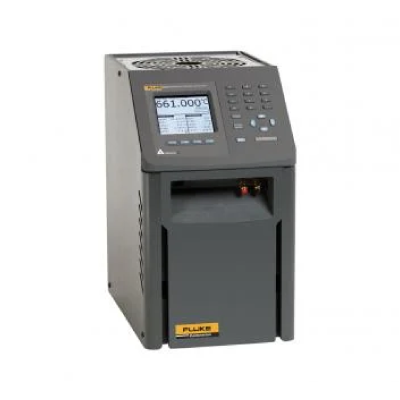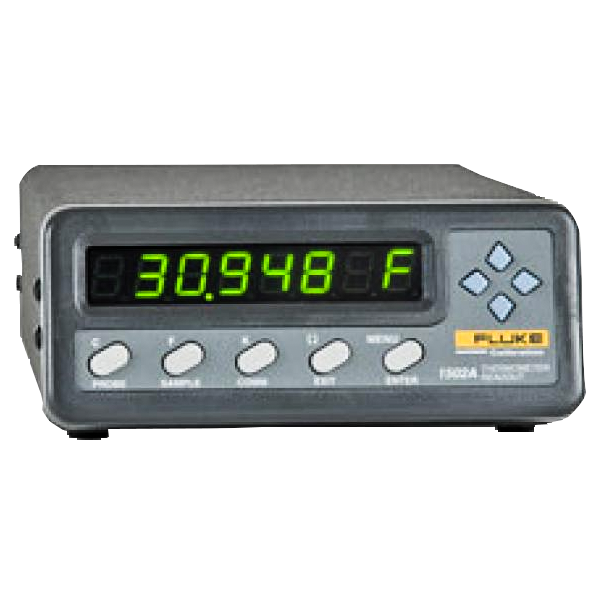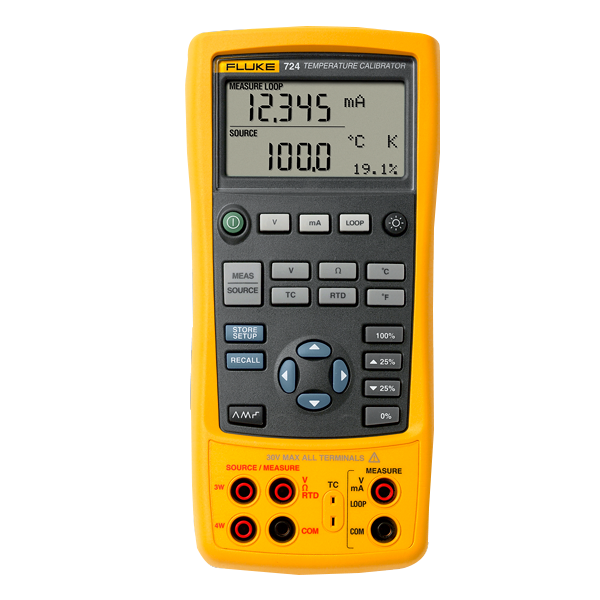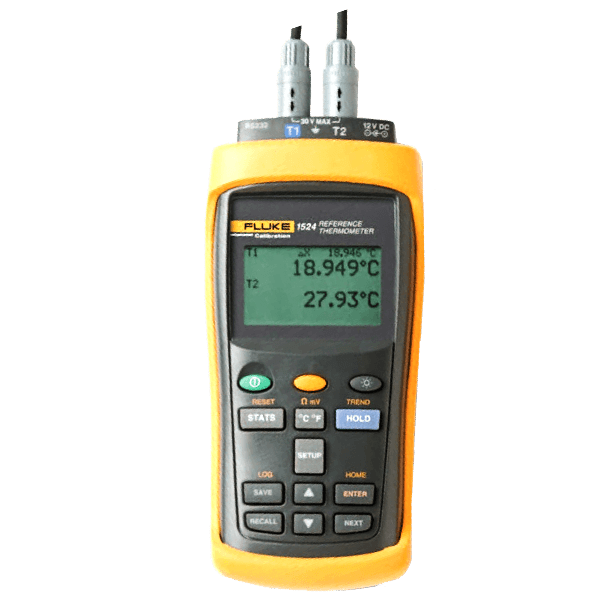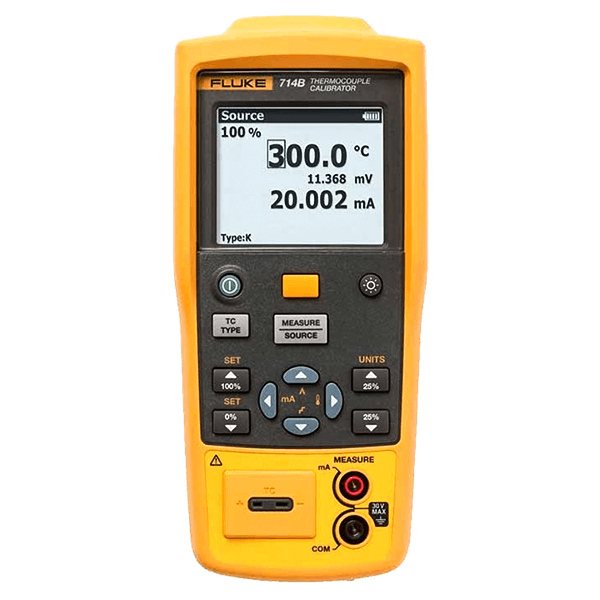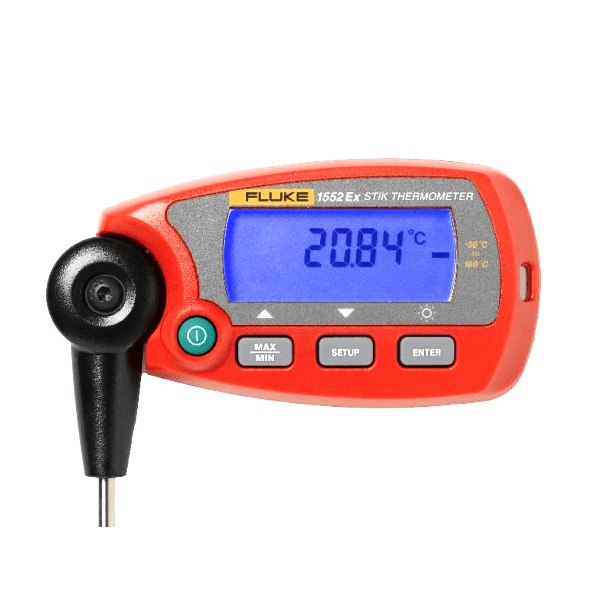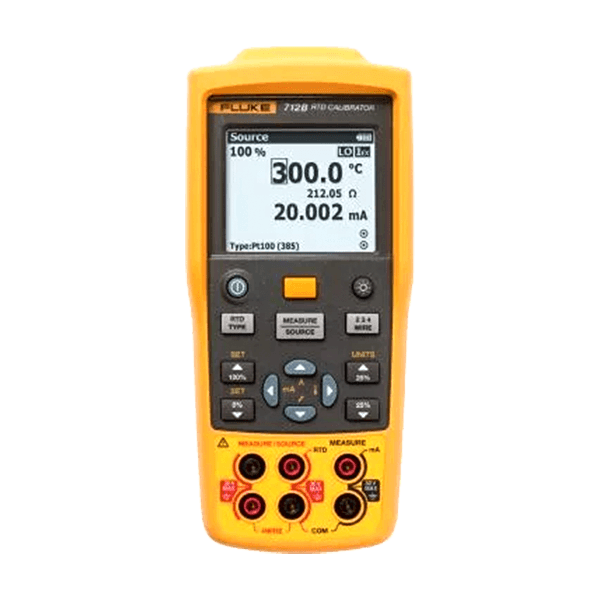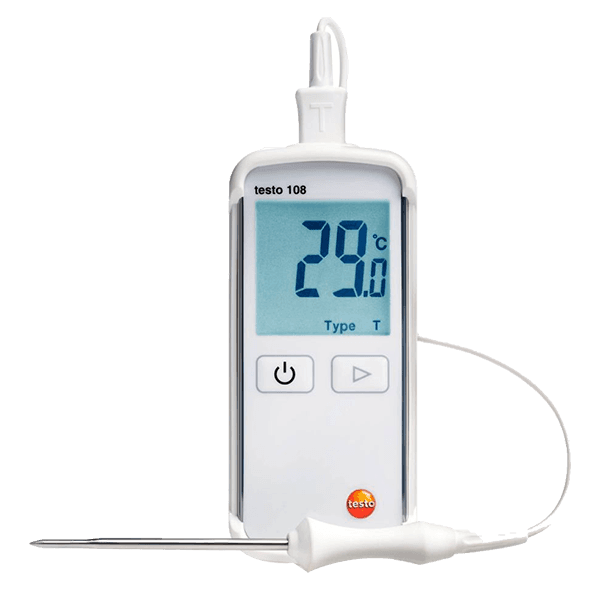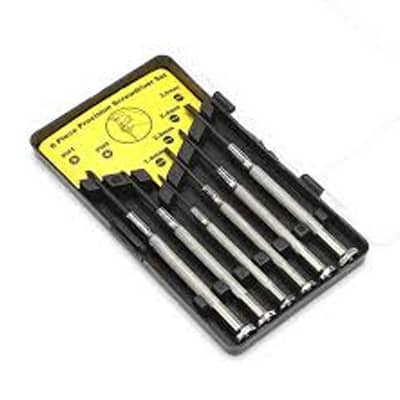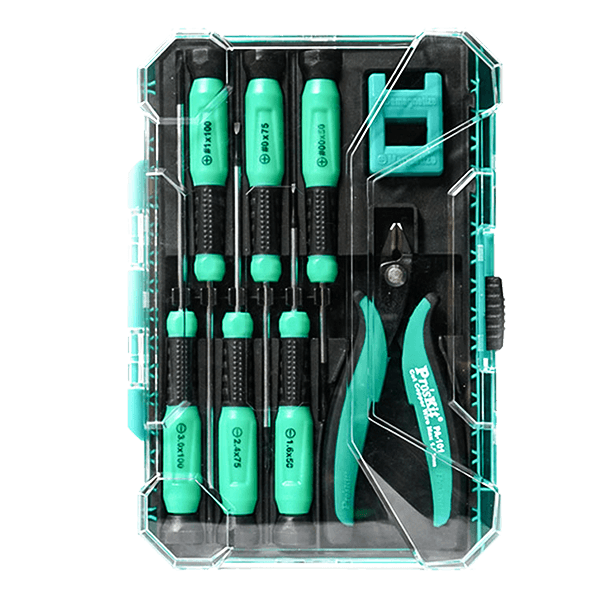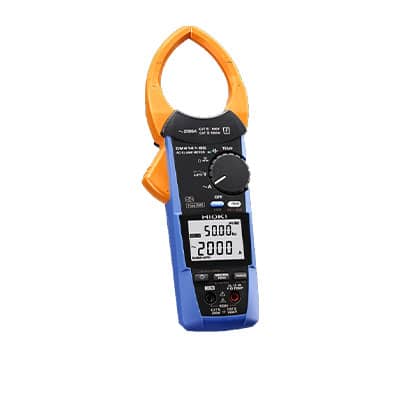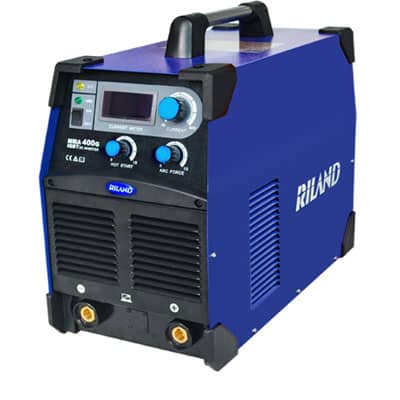Product overview: Fluke Calibration 9173 Metrology Well
Display Accuracy
Most dry-wells are calibrated by inserting a calibrated PRT and adjusting internal control sensors. However, this approach has limited value due to:
- Differences between the reference PRT and thermometers being tested
- Thermal gradients in the block
- Inadequate immersion from short blocks
Metrology Wells overcome these issues through:
- Minimized temperature gradients, loading effects, and hysteresis
- Calibration using traceable, accredited PRTs
- Proprietary electronics with repeatable accuracy, exceeding specs by more than 10x
- Display accuracy from ±0.1 °C (typical temps) to ±0.25 °C at 661 °C
An application note is available to better understand the associated uncertainties.
Optional: For improved accuracy, Metrology Wells can be ordered with built-in electronics for external PRT reading using ITS-90 characterizations.
Stability
Fluke heat sources are among the most stable in the world—and Metrology Wells improve upon this legacy:
- Models 9170 / 9171: Stability of ±0.005 °C over the full range
- Model 9173 (700 °C unit): Stability of ±0.03 °C
Only fluid baths or primary fixed-point devices offer better performance. This level of stability cannot be matched by the “off-the-shelf” controllers found in most dry-wells.
Axial Uniformity
According to EA-10/13 guidelines, dry-wells should have a 40 mm zone of maximum homogeneity. Metrology Wells go further with:
- Dual-zone control
- Increased well depth
- Homogeneous zones extending 60 mm (2.36 in)
- Vertical gradients ranging from ±0.02 °C at 0 °C to ±0.4 °C at 700 °C
Specifications for axial uniformity are published and guaranteed for each unit.
Radial Uniformity
Defined as the temperature difference between wells:
- Metrology Wells use a strict definition—largest difference between homogeneous zones of wells ≤6.4 mm (0.25 in) in diameter
- Models 9170 / 9171 (cold units): ±0.01 °C
- Models 9172 / 9173 (hot units): ±0.01 °C to ±0.04 °C at 700 °C
Poorly designed sources or use of large probes can lead to large variations; Metrology Wells prevent this.
Loading Effects
Loading is the temperature shift when all wells are filled versus when only one is. Metrology Wells minimize this through:
- Deep well design
- Dual-zone controls
- Cold units show minimal effects, as low as ±0.005 °C
Hysteresis
Thermal hysteresis arises mostly from internal control sensors rather than high-quality reference PRTs. It reflects the difference in measurements at the same set point approached from different directions.
- More pronounced near midpoints of temperature ranges
- Metrology Wells use better internal components
- Hysteresis effects range from 0.025 °C to 0.07 °C
Immersion Depth
Deep immersion is key to minimizing axial gradient and loading effects. Metrology Wells accommodate sensor-specific factors such as:
- Sensor location and size
- Probe mass and width
- Lead wire configuration
Well depths:
- Models 9171 / 9172 / 9173: 203 mm (8 in)
- Model 9170: 160 mm (6.3 in), enabling performance to –45 °C
User Interface and Software Features
Metrology Wells are simple and intuitive to use, featuring:
- Large LCD display
- Numeric keypad
- On-screen menus in English, French, or Chinese
- Real-time display of block temp, reference temp, cutout temp, stability, and ramp rate
Interfaces and Automation:
- RS-232 serial interface
- Compatible with Model 9930 Interface-it and xModel 9938 MET/TEMP II software
- Supports fully automated calibration of RTDs, thermocouples, and thermistors
Pre-programmed functions (no PC required):
- Up to 8 set points with ramp/soak
- Automated “switch test” to identify thermal switch dead-band
- Dedicated °C/°F switch button
Inserts and Portability
- Choose from six standard inserts supporting both metric and imperial probe diameters
- Units are compact and lightweight—easy to deploy in various environments
Model 9170 Summary
- Temperature range down to –45 °C (in normal conditions)
- Stability: ±0.005 °C
- Immersion depth: 160 mm (6.3 in)
- Axial uniformity: ±0.02 °C
- Radial uniformity: ±0.01 °C
 Calibration
Calibration
 HVAC/Clean Rooms
HVAC/Clean Rooms
 Electrical
Electrical
Temperature
 Power & Energy
Power & Energy
 Mechanical & Maintenance
Mechanical & Maintenance
 Pharma, Health & Biomedical
Pharma, Health & Biomedical
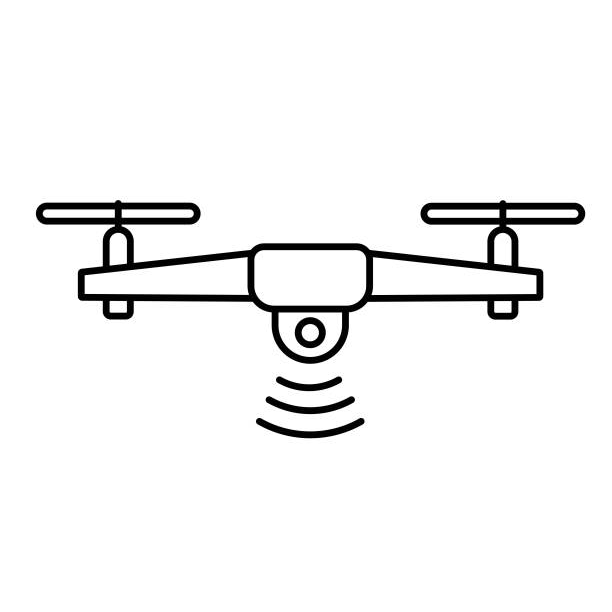 Drone Solution
Drone Solution
 Networking
Networking
 Transformer & Relay Testing
Transformer & Relay Testing
 Insulation, Resistance and Battery
Insulation, Resistance and Battery
 Fault Testing & Diagnostics
Fault Testing & Diagnostics
 Lightning Protection Solution
Lightning Protection Solution
 Education, Research & Development
Education, Research & Development
 Civil Equipment
Civil Equipment
 Renewable Energy
Renewable Energy
 Cleaning and supplies
Cleaning and supplies
 Power Tools
Power Tools
 Safety Tools
Safety Tools
 Hardwares
Hardwares
 Construction Supply
Construction Supply
 Stationeries
Stationeries
 Garden Tools
Garden Tools
 Accessories
Accessories
 Machines
Machines
 Hand Tools
Hand Tools





































